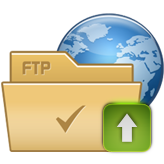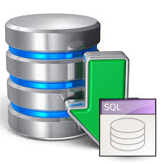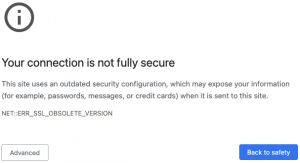
We used the same number to name the corresponding database backup.īackup speed and how it affected the site: As we had compressed the files before downloading, we saved a lot of time and our site speed was not visibly affected. As we are creating files and database backups separately, it is necessary to know which file backup is relative to which database backup. We also included a number on the backup name for reference as a best practice. We downloaded the compressed file and named it meaningfully so that we would be able to remember what it contains if we came back to it.
Phpmyadmin godaddy full#
In order to create a full backup, we first made a copy of all the files and then compressed them. We used File Manager to access the public_html folder, the main WordPress directory.

Most of the tools you need are on the dashboard, not hidden away in other places. The GoDaddy dashboard is not complex to use. We used the File Manager to create a backup of the files, and phpMyAdmin to export the database.īackup files using GoDaddy cPanel File Manager GoDaddy cPanel didn’t help us do this easily. The backup should include both files and the database, as both are critical components of your site. The most important thing to protect your site is to have a complete backup.
Phpmyadmin godaddy how to#
How to Backup a Complete WordPress site using GoDaddy cPanel Unlike our experience with web host backup and restore. BlogVault’s backup restore feature is a one-click process that is really fast and reliable. If you are looking for backup plugins, our recommendation is BlogVault, which automatically takes backups of your site and stores them offsite. We included them in this article because, after all our testing, we found plugins to be the best backup solution. Plugins are obviously independent of GoDaddy though. It is easy enough to add plugins and use them for backups. Any human error during the process could have landed us in trouble.īackup plugins usually work regardless of which web hosting provider you use. Moreover, this required us to separately back up our files and database, in order to completely back up our website. An automated daily backup is not being created, so you may not have the right backup to restore when you need to. These are on-demand backups, and thus cannot be relied upon except in special cases. You can manually backup and restore your GoDaddy site through cPanel. Older backups may be required, for instance, if an online tool stops working or recovering a post that was deleted weeks ago.

Moreover, these backups are only stored for 30 days, which seems to be a very short time. Godaddy offers premium backups for WordPress sites that include automated daily, weekly, and monthly backups.
Phpmyadmin godaddy manual#
We found quite a few ways, including web host premium automated backups, using backup plugins, and manual backups via cPanel. Ways to backup your GoDaddy WordPress siteįirstly, we wanted to explore all the ways you can take backups while using GoDaddy web hosting.

We tested three sites for the purposes of figuring this out: a small site (6.4 MB), a large site (10 GB), and a site with a large database (174 MB). Other criteria on our mind were offsite storage for the backups, as host backups may not work if host-level issues arise. While evaluating GoDaddy backups, we wanted to find out how reliable and easy to create and restore they are.


 0 kommentar(er)
0 kommentar(er)
